creation
As one of the vital important vectors of the fatal napping illness, tsetse flies provide a frightening problem to public well being and cattle control throughout sub-Saharan Africa. With their habitat basically concentrated in rural areas, working out their distribution is an important for imposing efficient keep an eye on measures. The lately launched “Continental Atlas of the Distribution of Tsetse Flies in Africa,” with a specific focal point on Angola, sheds new mild at the geographical unfold of those bugs. This entire atlas now not best serves as a very important software for researchers and policymakers but additionally highlights the intricate dating between environmental components and tsetse fly populations. as Angola grapples with the results of tsetse infestations on each human well being and agricultural productiveness, this detailed mapping supplies an indispensable useful resource for focused interventions and strategic making plans. The findings underscore the will for collaborative efforts in addressing this chronic public well being danger, emphasizing {that a} clearer working out of tsetse habitat is very important for safeguarding the way forward for communities around the continent.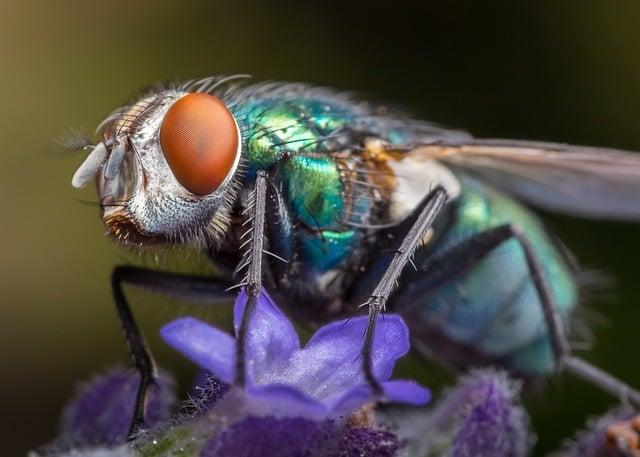
Figuring out the Tsetse Fly Distribution in Angola
Mapping the distribution of tsetse flies in Angola unearths key insights into the ecological and environmental components influencing their habitats. Angola’s various geography, ranging from savannahs to dense forests, performs a important function within the presence of those vectors. Vital areas the place tsetse fly populations are concentrated come with:
- Bengo Province - Characterised via its coastal plains and riverine methods.
- Luanda Province – Particularly in spaces close to the Zambezi River.
- Moxico Province – Identified for its in depth wetlands, offering an acceptable setting.
Figuring out those distribution patterns is an important for managing and mitigating the affect of trypanosomiasis, a illness unfold via tsetse flies. Keep watch over measures may also be successfully focused when the habitats are as it should be mapped. An outline of present tsetse fly species recognized in angola comprises:
| Species | Commonplace Title | Habitat Desire |
|---|---|---|
| Glossina morsitans | savanna Tsetse | Savannah and wooded areas |
| Glossina palpalis | Riverine Tsetse | Close to forested and aquatic spaces |
| Glossina austeni | Coastal Tsetse | Coastal and wetland areas |
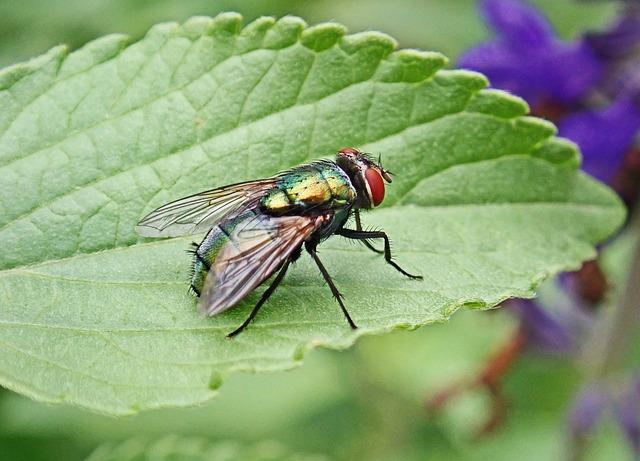
Geographical Insights: Mapping the Habitats of Tsetse Flies
The tsetse fly, a infamous vector for trypanosomiasis, additionally referred to as napping illness, has a unique habitat this is pivotal for working out its distribution throughout Africa. Mapping the geographical footprint of those bugs unearths a posh interaction between environmental stipulations and their proliferation. Tsetse flies thrive predominantly in areas characterised via wooded savannas and riverine forests, the place they in finding plentiful nourishment from each natural world and cattle. Their presence is incessantly sufficient concentrated round spaces with everlasting water our bodies which serve as breeding grounds. Key ecological components influencing their habitats come with:
- Temperature: Tsetse flies want heat climates, most often thriving in temperatures starting from 20°C to 35°C.
- Crops: Dense foliage supplies refuge and sustenance, making it crucial for his or her survival.
- Water Availability: Proximity to water assets is an important for breeding and maintaining their existence cycle.
Geographical research and satellite tv for pc imagery lend a hand in making a continental atlas that now not best highlights those habitats but additionally aids in tracking adjustments that can get up because of local weather variability and human actions. The mapping efforts in areas like angola exhibit numerous distributions amongst other fly species, significantly the Glossina morsitans and Glossina palpalis. Let’s say, the next desk depicts the distribution of key tsetse fly species throughout Angola’s primary areas:
| region | Species Recognized | Inhabitants Density |
|---|---|---|
| North angola | Glossina morsitans | Top |
| Central Angola | Glossina palpalis | Reasonable |
| South Angola | Glossina austeni | Low |
This knowledge now not best highlights the prevailing habitats but additionally underlines the significance of focused interventions to regulate and mitigate tsetse fly populations, thereby safeguarding human well being and cattle productiveness within the area.

Have an effect on of Tsetse Flies on cattle and Human Well being
The presence of tsetse flies in Africa has profound implications for each cattle manufacturing and human well being. Those bugs are infamous vectors for trypanosomiasis, often referred to as napping illness in people and Nagana in animals. Livestock and different cattle inflamed via the parasites can showcase signs similar to fever, weak spot, and anemia, in the end resulting in important mortality charges. In consequence, areas suffering from tsetse flies continuously revel in:
- Diminished cattle productiveness: Inflamed animals generally tend to turn reduced milk yield, weight reduction, and decrease fertility charges.
- Greater veterinary prices: Farmers face upper bills because of remedy and control of inflamed cattle, striking monetary pressure on smallholder farmers.
- Meals safety demanding situations: Lack of cattle without delay affects the provision of meat and dairy merchandise,posing dangers to meals provide chains.
Additionally, the affect on human well being can’t be lost sight of. Tsetse flies transmit the parasites to people thru their bites, main to critical well being problems if left untreated. The illness poses a important danger in rural communities the place get admission to to clinical amenities is proscribed. Efforts to keep an eye on the tsetse fly population and safeguard public well being are crucial and come with:
- Greater consciousness: Teaching communities about preventive measures and the hazards related to bites.
- Vector keep an eye on methods: Enforcing sustainable strategies similar to traps and pesticides to cut back fly populations.
- Surveillance systems: Common tracking of spaces susceptible to tsetse fly infestations to be sure that well timed interventions.
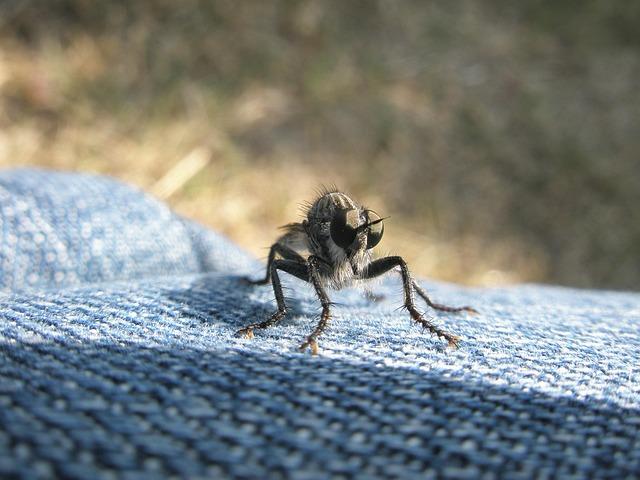
Mitigation Methods: Fighting the Unfold of Tsetse Flies
mitigating the unfold of tsetse flies calls for a multifaceted method that mixes leading edge tactics with group engagement. Efficient methods come with:
- Selective Insecticide Use: focused request of pesticides can considerably cut back fly populations. This manner specializes in explicit breeding websites whilst minimizing environmental affect.
- Traps and Lures: Deploying traps baited with attractants can successfully seize tsetse flies. Analysis has proven that the use of odour and visible cues improves lure effectiveness.
- Farm animals Control: Enforcing practices similar to protecting cattle in enclosed spaces right through top fly process can lower publicity. Common veterinary care and the creation of tsetse-free zones also are an important.
Moreover, group schooling performs a very important function in long-term keep an eye on efforts. elevating consciousness about the existence cycle of tsetse flies and imposing preventive measures can empower native populations. collaborative projects would possibly come with:
- Outreach Systems: Informational periods to train communities about tsetse fly habits and behavior.
- Tracking and Surveillance: Setting up native process forces to observe fly populations and file outbreaks successfully.
- Analysis Partnerships: Taking part with instructional and analysis establishments to discover new strategies of keep an eye on and prevention.
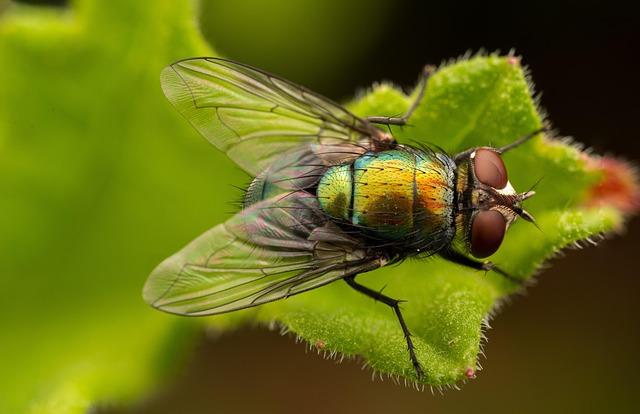
Coverage Suggestions for Efficient Fly Keep watch over Systems
To successfully mitigate the demanding situations posed via tsetse flies in Angola and past, it’s certainly an important to put into effect complete coverage suggestions that cope with each fast and long-term control methods. Stakeholders must prioritize the combination of vector keep an eye on applied sciences and group engagement projects to verify sustainable results.Beneficial methods come with:
- Common tracking and surveillance: Setting up a strong gadget for monitoring fly populations and illness prevalence to reply proactively.
- Public schooling campaigns: Elevating consciousness about tsetse flies, their habitats, and preventive practices amongst native populations.
- Analysis funding: Investment research on new keep an eye on strategies and the ecological affects of present methods.
Additionally, collaboration amongst governmental, non-governmental, and world organizations is very important for sharing assets and perfect practices. Thus, fostering multidisciplinary partnerships can strengthen the effectiveness of tsetse fly keep an eye on systems.Concerns for long term insurance policies must come with:
| Coverage Side | Key Center of attention Spaces |
|---|---|
| Felony Framework | Rules on pesticide use and environmental protections. |
| Investment Allocation | Prioritizing Tsetse keep an eye on in nationwide well being budgets. |
| Capability Construction | coaching and empowering native communities to regulate keep an eye on efforts. |
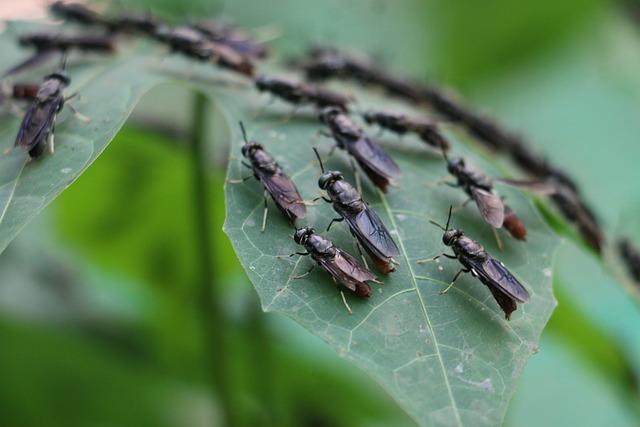
The Position of Native Communities in Tsetse Control Projects
Native communities play a an important function in the battle in opposition to tsetse flies, contributing now not best to control projects however additionally to the preservation of their very own livelihoods and well being.Group involvement is very important for the luck of those projects as they possess treasured native wisdom in regards to the habits and habitats of the flies. Attractive those communities in knowledge assortment and tracking actions can strengthen the accuracy of projects geared toward monitoring the distribution and inhabitants dynamics of tsetse flies.Additionally, native farmers and citizens are continuously the primary to understand adjustments in tsetse presence, thereby offering well timed knowledge to government and researchers.
Moreover, efficient communique and coaching systems can empower communities to put into effect sustainable practices that reduce tsetse fly populations. Examples of projects that experience confirmed really helpful come with:
- Participatory mapping of tsetse habitats
- Group-led consciousness campaigns
- Collaboration with scientists for leading edge keep an eye on strategies
Moreover, fostering partnerships between native governments and agricultural organizations can assist make certain that those projects don’t seem to be best efficient however additionally economically viable. For a clearer working out of group affects, the next desk outlines key group movements and their advantages:
| Group Movements | Advantages |
|---|---|
| Tracking tsetse populations | Knowledgeable decision-making |
| Collaborating in eradication systems | Coverage of cattle and well being |
| Sharing normal wisdom | Enhanced working out of native ecosystems |

Ultimate Ideas
the discharge of the continental atlas showcasing the distribution of tsetse flies in Angola marks a vital development in our working out of this critical public health concern. By way of mapping the geographical unfold of this vector, the atlas supplies worthwhile knowledge that may tell focused interventions geared toward combatting the hazards posed via tsetse flies, together with their function within the transmission of napping illness and different illnesses. As policymakers, researchers, and healthcare practitioners paintings to handle the demanding situations related to tsetse fly populations, this complete useful resource will function a very important software for decision-making and motion at the flooring. Persevered collaboration and analysis efforts are crucial to mitigate the affect of those pests on human and cattle well being in Angola and past, making sure a sustainable long term for affected communities.
Source link : https://afric.news/2025/02/25/the-continental-atlas-of-the-distribution-of-tsetse-flies-in-africa-angola-reliefweb/
Creator : Ava Thompson
Put up date : 2025-02-25 16:27:00
Copyright for syndicated content material belongs to the connected Source.



